Teaching Kindergarten or first grade students to read with a partner is easy, right? You just tell them to find a friend, they sit down together, and they start reading immediately…right?
Well…not so much. At least not with my students, anyway! (If it really is that easy for you, please let me come observe in your classroom!)
I’ve seen just about everything go wrong – goofing off, arguing about which book to pick, biting each other (yes, really), talking about everything except the book, and the list goes on.
Despite its challenges, partner reading can be an awesome addition to your reading block. You can use partner reading to:
- Develop fluency (less fluent readers can learn from and practice with more fluent readers)
- Improve comprehension (by giving students thinking and talking time with a partner)
- Practice decoding skills
- Increase overall reading engagement
Of course, primary kiddos need a LOT of support so that they can be successful with this routine! When I introduce partner reading at the beginning of the school year, I teach lessons on each small component of the partner reading routine.
For example, I teach a lesson on how to sit with a partner and hold a book appropriately. I teach another lesson on different ways to choose a book. Although these skills may seem very basic, teaching them explicitly will ensure that your students spend more time actually reading and learning, rather than arguing or figuring out what they are supposed to be doing.
Once my students have down the basics (click here if you need lessons to get them there), I then teach them different ways that they can read with a partner. I only teach 1-2 activities per week, so as not to overwhelm my kids, and I provide lots of modeling before asking them to try each activity.
Keep reading to learn about 5 of the partner reading activities my students enjoy!

Photo Credit: WaveBreakMedia/Shutterstock
- Alternating pages – This is the simplest activity and usually the one that I teach first. Students can take turns reading, pretend reading, or telling the story from the pictures. The first child reads page one aloud, the second child reads page two aloud, and so on. Students who can’t yet read traditionally can take turns talking about the pictures and inventing a story about them!
- Echo reading – This activity is great for developing fluency and exposing struggling readers to grade-level text. To have your students engage in echo reading, pair each struggling student with a more proficient reader. I used to take my class list, “rank” my students in reading ability, and then cut it in half. The highest reader read with the middle reader, and on down. This way, there wasn’t too large of a gap between students’ reading levels. To set up the activity, I “randomly” assigned the “first reader” in each partnership (the stronger reader). The first reader would read a page, and then their partner would reread the same page. They continued like this through the entire book. This activity really helps build struggling readers’ confidence!
- Retelling a familiar story – This is a great activity for the beginning of the year, when many students are still not reading traditionally. Read a fairy tale or folk tale aloud a few times as a class (i.e. The Three Billy Goats Gruff, The Three Little Pigs, etc.). Make sure that students are very familiar with the story. Then, provide copies of those familiar stories to pairs of students. They can work together to retell the story in their own words.
- Assuming character roles and acting out the book – This is definitely a fun one! Just like in the activity described above, provide students with copies of familiar stories. Have them choose roles and then act out the story. This partner reading activity takes a little bit more modeling and practice for it to be successful, but my kids have always loved it!
- Coaching each other while decoding – Once you’ve taught your students a few different reading strategies, teach them how to act as “coaches” to each other (use the sports player analogy and they will eat it up!). You can teach them to listen quietly while their partner reads, and then give a prompt (i.e. “Say the sounds”) when their partner struggles with a word. Make sure to provide students with some type of visual reminder to help them recall possible prompts to give to their partner.
In general, providing kids with visual reminders is a great way to support partner reading. Here are some the posters I use (from my “Buzzing About Books” partner reading pack):
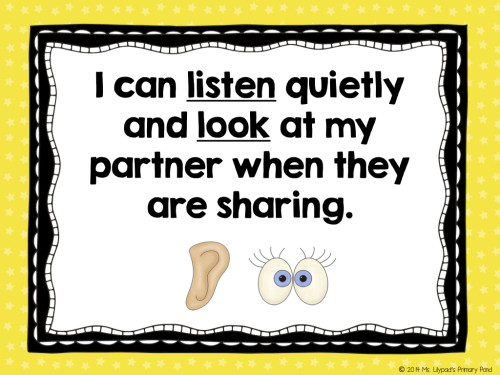
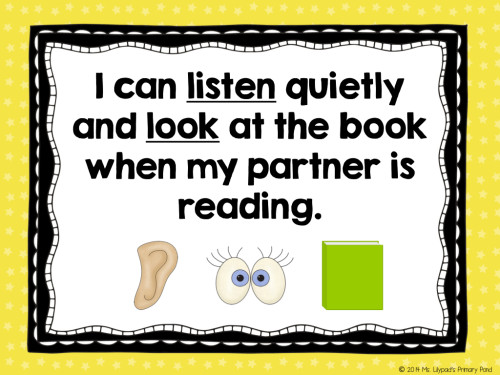
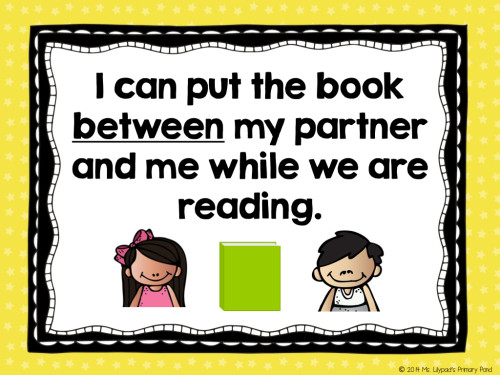

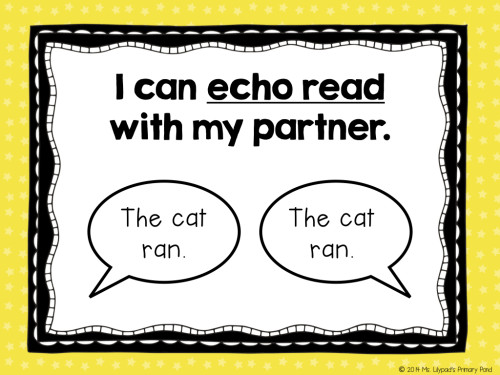
In addition to the set of 14 posters (in both color and black and white), the pack includes lesson plans that teach students how to engage in partner reading and “sharing time” (talking to a partner about the book). Here’s an example of one of the lessons:

Getting Kindergarteners and first graders to talk meaningfully about books and read together is challenging. These lessons lay everything out for you so that you can spend less time planning and more time supporting your students in learning these routines.
What tips for partner reading do you have to share? Comment below!

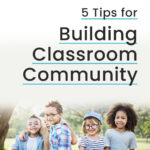
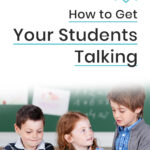
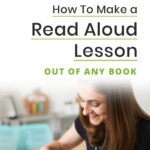
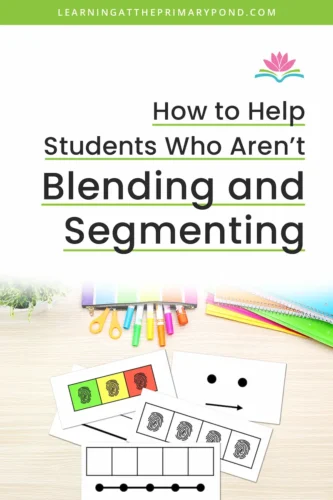
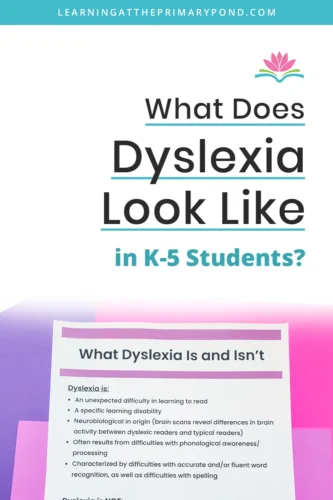
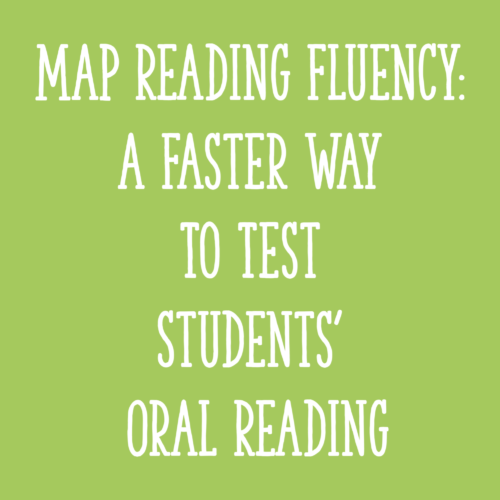






I LOVE ALL OF YOUR POSTS!!!!
Aw thank you so much, Debbie!! 🙂
Alison
Hello, I was wondering if it is possible only purchase the posters and not the entire bundle?
Hi Vanessa! At this time, only the bundle is available for purchase.